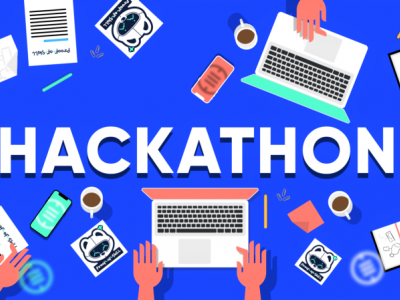Artificial Intelligence
In recent years, drones have been used to transport payloads to remote and difficult access areas. A payload delivery with assisted relay system of two unmanned aerial vehicles (UAVs) is implemented. A local and web remote monitoring and control from a ground control station (GCS) for a pre-planned autonomous trajectory flight is developed in this work.
- Categories:
 1008 Views
1008 ViewsThere is an industry gap for publicly available electric utility infrastructure imagery. The Electric Power Research Institute (EPRI) is filling this gap to support public and private sector AI innovation. This dataset consists of ~30,000 images of overhead Distribution infrastructure. These images have been anonymized, reviewed, and .exif image-data scrubbed. EPRI intends to label these data to support its own research activities. As these labels are created, EPRI will periodically update this dataset with those data.
Update: July 2022
- Categories:
 2413 Views
2413 ViewsTo train the machine learning model, a dataset was generated containing data for «Budennovskoye» field, part of which is shown in title figure. (AR and SP are given for 90 centimeter intervals, for which, in turn, the actual values K_fpo. obtained by pumping out (pump out) was determined. As a result, the input variable set consisted of 19 values, including the rock code (AR, SP). The target column isK_f_pump_out .
- Categories:
 429 Views
429 ViewsData used for evaluation of the Chameleon system. We use it to evaluate capabilities of sensor fusion system that is able to adapot to multiple envrionemnts and monitor activity states within a room. The data set is divided by the two deployments and includes inforamtion for both of the sensors used to test the system. We include two weeks worth of data along with training and testing accuracy results.
- Categories:
 1067 Views
1067 Views







